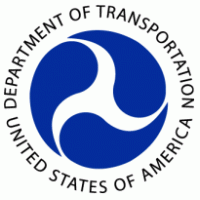In 2016 the Office of the Inspector General [OIG] of the Department of Transportation issued a comprehensive report on the Federal Railroad Administration and its lack of effective oversight of the transportation of hazardous materials by rail in the United States.
In Brief
“FRA has not conducted a comprehensive evaluation of risks associated with hazardous materials transportation that appropriately addresses national level risk. Neither the National Inspection Plan nor the hazardous materials staffing process—two nationwide tools provided to regional specialists—produces a complete evaluation of risk. For example, both models assess how much hazardous material is routed through a region, but not the proximity of those routes to population centers. Regional specialists supplement guidance provided to them by FRA Headquarters with additional information they consider important— such as non-accident release trends, knowledge of local operations, and National Safety Program Plan projects—to identify risk-prone operations or locations for inspection. However, because it focuses on regional planning, the Agency has no overall understanding of the national risk environment. As a result, FRA cannot be sure that the regions consider all appropriate risk factors when allocating hazardous materials inspection resources.”
In light of the accident in East Palestine, Ohio whose full exposures are only now coming to light, this report virtually predicted the ramifications of FRA’s shortcomings.
The United States has about 140,000 miles of railroad for freight cars, which are owned and maintained by private organizations. Each year, nearly a billion tons of hazardous materials are shipped by rail, according to the American Chemistry Council.
Read more here > https://www.oig.dot.gov/sites/default/files/FRA%20Oversight%20of%20Hazmat%20by%20Rail_Final%20Report%5E2-24-16.pdf


